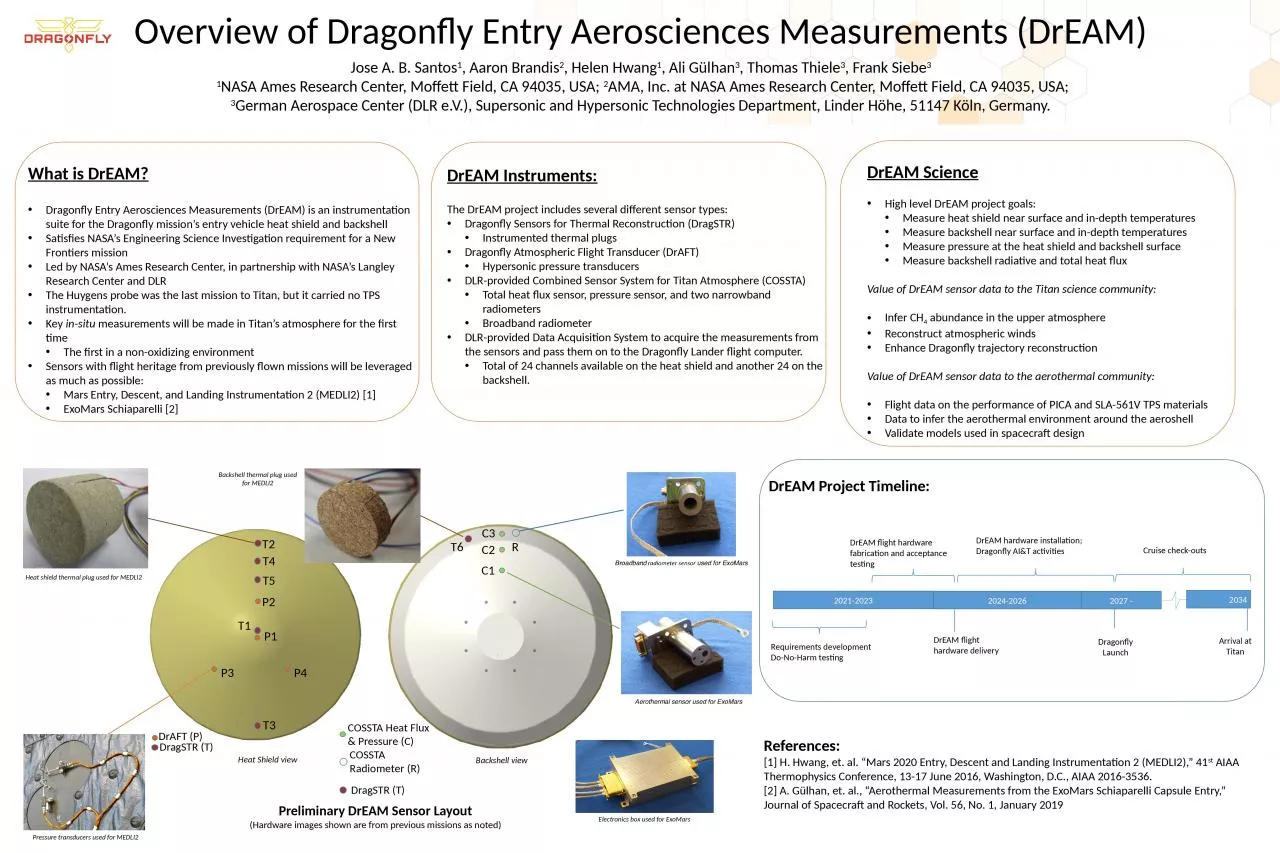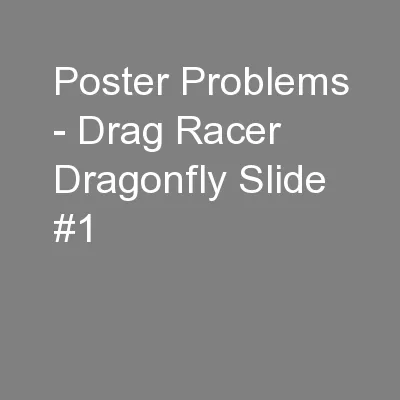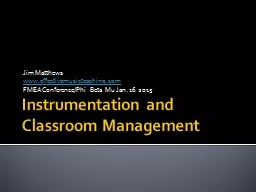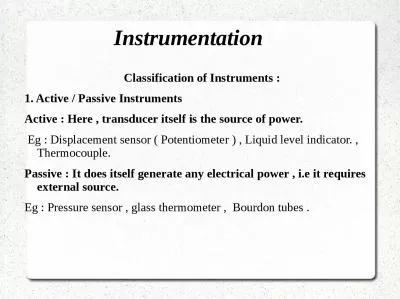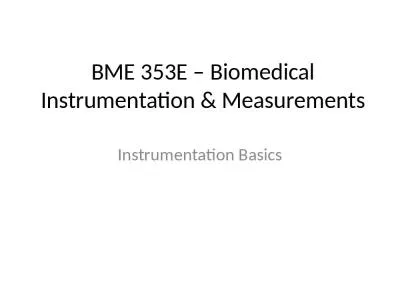PPT-What is DrEAM? Dragonfly Entry Aerosciences Measurements (DrEAM) is an instrumentation
Author : genevieve | Published Date : 2024-02-09
Dragonfly missions entry vehicle heat shield and backshell Satisfies NASAs Engineering Science Investigation requirement for a New Frontiers mission Led by NASAs
Presentation Embed Code
Download Presentation
Download Presentation The PPT/PDF document "What is DrEAM? Dragonfly Entry Aeroscien..." is the property of its rightful owner. Permission is granted to download and print the materials on this website for personal, non-commercial use only, and to display it on your personal computer provided you do not modify the materials and that you retain all copyright notices contained in the materials. By downloading content from our website, you accept the terms of this agreement.
What is DrEAM? Dragonfly Entry Aerosciences Measurements (DrEAM) is an instrumentation: Transcript
Download Rules Of Document
"What is DrEAM? Dragonfly Entry Aerosciences Measurements (DrEAM) is an instrumentation"The content belongs to its owner. You may download and print it for personal use, without modification, and keep all copyright notices. By downloading, you agree to these terms.
Related Documents

